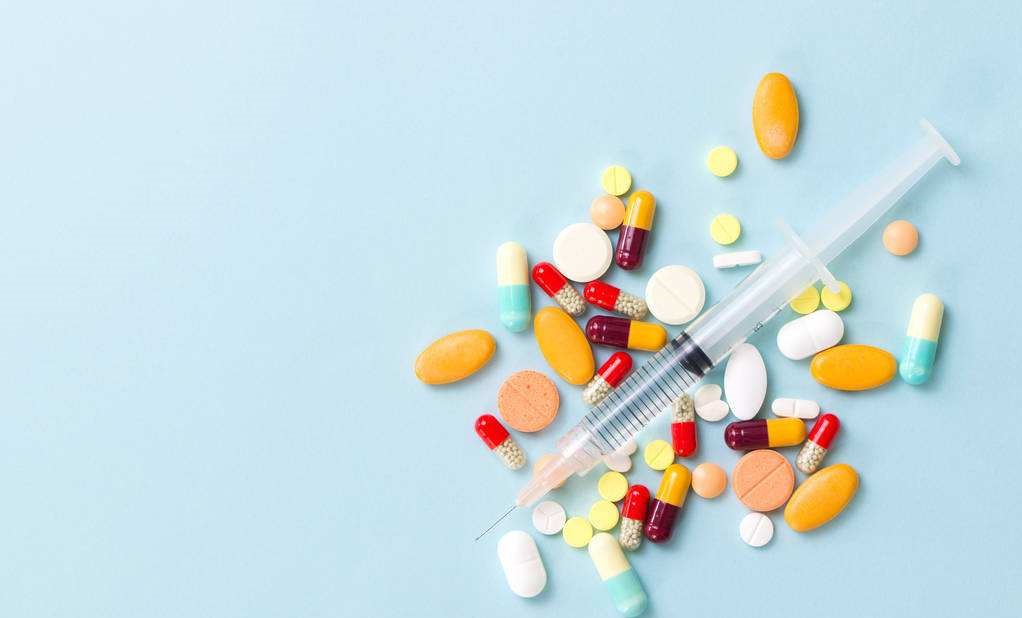
Thanks to advances in modern medicine, the world has done away with and nearly forgotten about many diseases. However, many experts believe that lax attitudes are fueling antibiotic resistance, which is the ability that some bacteria have to resist medication. This resistance could cause countless deaths in the coming years, if left unchecked.
The biggest factor in antibiotic resistance is misuse and overuse, both by doctors and patients. According to the Centers for Disease Control and Prevention up to one-third to one-half of antibiotic use in humans is unnecessary or inappropriate.
Misuse/overuse leads to resistance
In recent years, doctors have been known to prescribe antibiotics for a variety of infections that do not require antibiotics such as the flu, bronchitis, and sinus infections.
That means doctors need to stop needlessly prescribing antibiotics and patients need to stop taking them because antibiotics are needed to treat very specific illnesses. If the public continues to take antibiotics for no reason, bacteria will get stronger and future generations will be plagued with countless deaths.
The world needs to realize that sometimes, people need to let their immune systems fight off an infection naturally, especially if antibiotics are not needed to fight an illness. Many people are concerned about obtaining antibiotics from their doctors whenever they get sick, but do not consider that they are contributing to the rise of deadly diseases since overuse of unneeded antibiotics makes bacteria stronger.
Furthermore, misuse of antibiotics includes not using an entire prescription, when needed to fight an infection, and using expired antibiotics. For this instance, the best solution is to use antibiotics as directed by a health care professional.
According to a Pharmaceutical Regulatory Affairs: Open Access study in 2012, developing countries have a large history of antibiotic abuse thanks to uncontrolled access to antibiotics and poor healthcare training – leading some doctors to needlessly prescribe antibiotics.
In fact, the study mentioned that in developing countries, 44-97 percent of patients were given unnecessary antibiotics because of bad diagnoses and no diagnoses at all. Self-medication is also a problem in developing countries, leading some citizens to forgo expensive doctor visits in favor of taking cheap over-the-counter antibiotics.
The idea that antibiotics are “cure-all” drugs has existed for some time and it has led to the notion that they can help fight illnesses like the common cold. Of course, this problem can be found in developing and developed countries due to lack of proper antibiotic education.
According to the US Center of Disease Control, antibiotic resistance is estimated to kill some 23,000 and make more than 2 million people sick annually.

(Photo: Paixin.com)
Antibiotics: From 'cure-all' to 'cure-some'
Some bacteria have always been able to resist antibiotics; however, widespread antibiotic use has made more and more bacteria resistant through a process called evolutionary pressure. That means that thanks to advanced medicine, bacteria is getting stronger every few years and our drugs are now becoming useless.
Penicillin, the first commercialized antibiotic, was discovered in 1928 by Alexander Fleming. His discovery helped save countless lives over the years and was notably used to fight bacterial infections in World War II soldiers.
When Fleming won the Nobel Prize for his discovery, he warned of a time when bacteria would be able to resist Penicillin in his acceptance speech. Unfortunately, he was right and by the 1950s, Penicillin resistance had already started. According to a report by the London School of Economics and Political Science, by 2009 Penicillin was rendered nearly obsolete in many countries thanks to the evolution of bacteria.
What’s even more worrying is that various new antibiotics introduced in the wake of Penicillin resistance have started to become ineffective only years after being introduced to the public. This means that every advancement in medicine will eventually be overtaken by bacteria and diseases.
Some diseases that were once kept in check by antibiotics include Tuberculosis, Gonorrhea, Klebsiella, Typhoid, Syphilis, and Diphtheria are now becoming stronger. Thankfully, not all antibiotic resistant diseases are known to be fatal.
However, TB is one of the top 10 causes of death worldwide and resistance is being reported in 92 countries, according to the World Health Organization. In 2016, 1.7 million people died from TB alone and some 250,000 of those who died were children.
Imagine what the death toll number will be once TB becomes resistant to all forms of antibiotics. It’s important to remember that TB is only one disease that kills nearly 2 million people each year and that multiple diseases becoming resistant to antibiotics would be nothing short of cataclysmic.
If more fatal diseases become resistant to antibiotics, than the world will see a massive swell in deaths that could affect hundreds of millions or more.
Education: The path to wellness
Thankfully, solutions for antibiotic resistance are being spearheaded by the WHO with a Global Action Plan and the US CDC’s Antibiotic Resistance Solutions Initiative.
Both plans are meant to deal with antibiotic resistance by improving awareness on the topic to dispel rumors and control the spread of the problem. Both plans also cover actions in response to antibiotic resistance through healthcare, veterinary, and agriculture.
Furthermore, both organizations are investing money on understanding antibiotic resistance and developing new medication.
The bottom line is that the world needs to be more aware of this problem because it’s a global problem. If TB and other diseases become too strong for the world’s current antibiotics - it will affect people in all nations. Disease knows no race, gender, or class – they are indiscriminate killers.
So, the best way to stop antibiotic resistance is personal responsibility. People need to be sure to use antibiotics as directed by healthcare professionals, wash their hands, prepare their food hygienically, practice safe sex, and be sure to keep up-to-date with vaccinations. The threat of antibiotic resistance is always apparent, but people can slow it down by being responsible and acting rationally.


